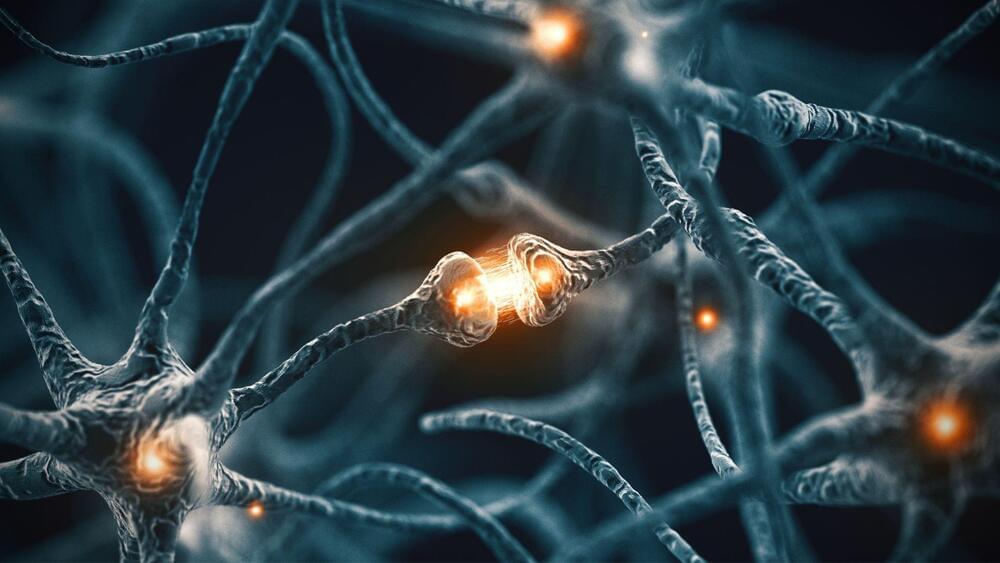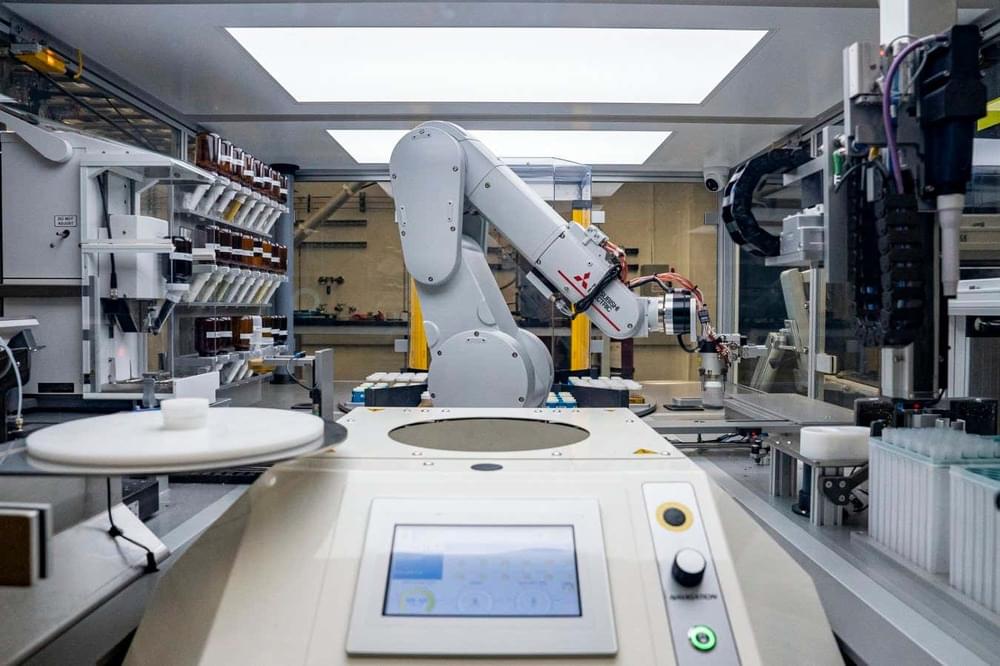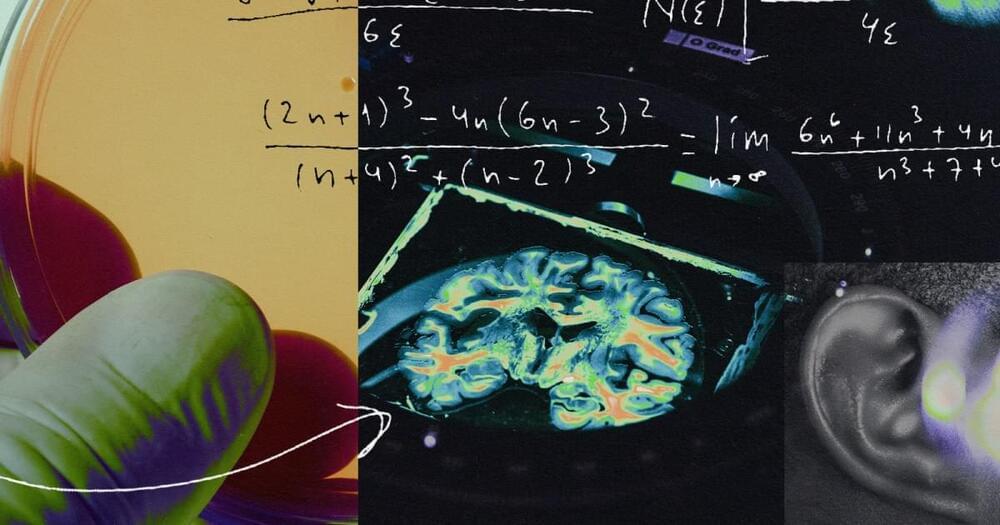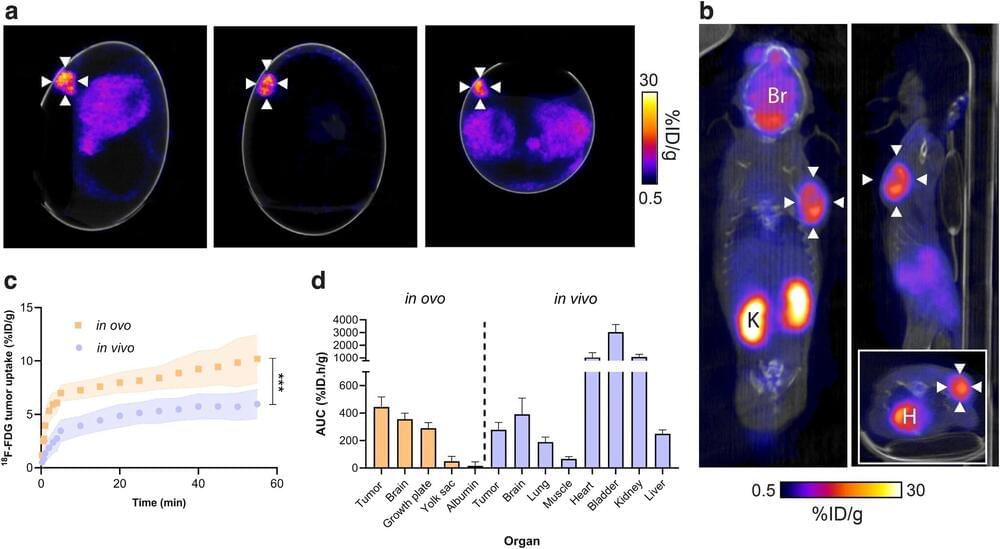It’s the first significant alteration to the Windows keyboard in almost thirty years.
Microsoft is adding a dedicated Copilot key to PC keyboards, adjusting the standard Windows keyboard layout for the first time since 1994.
It’s the first significant alteration to the Windows keyboard in almost thirty years.
Microsoft is adding a dedicated Copilot key to PC keyboards, adjusting the standard Windows keyboard layout for the first time since 1994.

Over one billion smartphones with built-in AI are to be shipped by 2027, according to Counterpoint Research.
Samsung is all set to kick off the new year of AI phones with new launch this month. The first of many, Galaxy S24 will be released on January 17 in San Jose, California through a livestream.


Self-driving labs can perform experiments thousands of times faster than a human and they don’t need to sleep. That means more science in less time, but many questions remain, says Alex Wilkins
By Alex Wilkins

A new biohybrid computer combining a “brain organoid” and a traditional AI was able to perform a speech recognition task with 78% accuracy — demonstrating the potential for human biology to one day boost our computing capabilities.
The background: The human brain is the most energy efficient “computer” on Earth — while a supercomputer needs 20 mega watts of power to process more than a quintillion calculations per second, your brain can do the equivalent with just 20 watts (a megawatt is 1 million watts).
This has given researchers the idea to try boosting computers by combining them with a three-dimensional clump of lab-grown human brain cells, known as a brain organoid.



In a paper published in npj Imaging, King’s researchers have assessed the use of fertilized chicken eggs as an alternative model that can resolve both ethical and economic issues for preclinical cancer research.
The use of animal models in cancer research is a major contributor to the clinical development of drugs and diagnostic imaging. However, while invaluable tools, the current standard of using mouse models to recreate diseases is expensive, time-intensive, and complicated by both variable tumor take rates and the associated welfare considerations.
Fertilized chicken eggs contain a highly vascularized membrane, known as the chicken chorioallantoic membrane (CAM), which can provide an ideal environment for tumor growth and study, but to date, relatively few studies have used chick CAM to evaluate novel radiopharmaceuticals.
